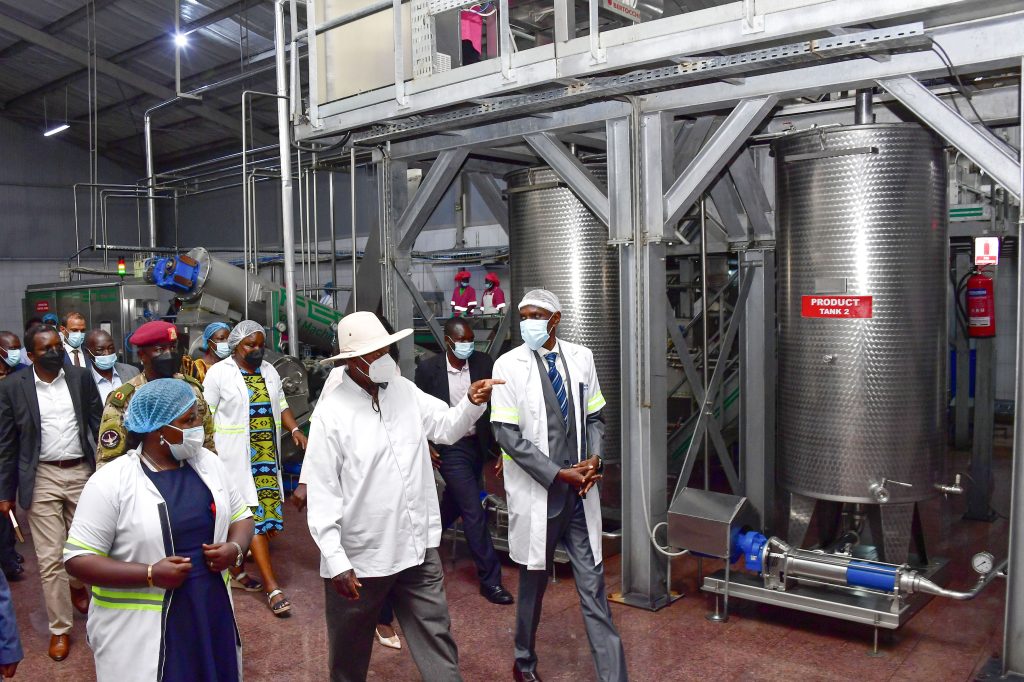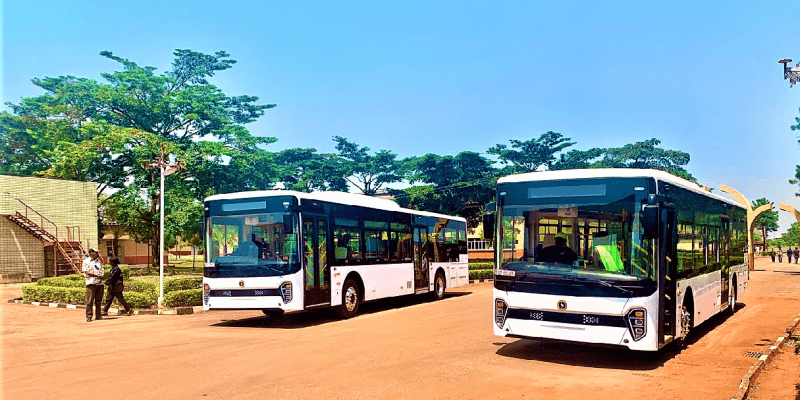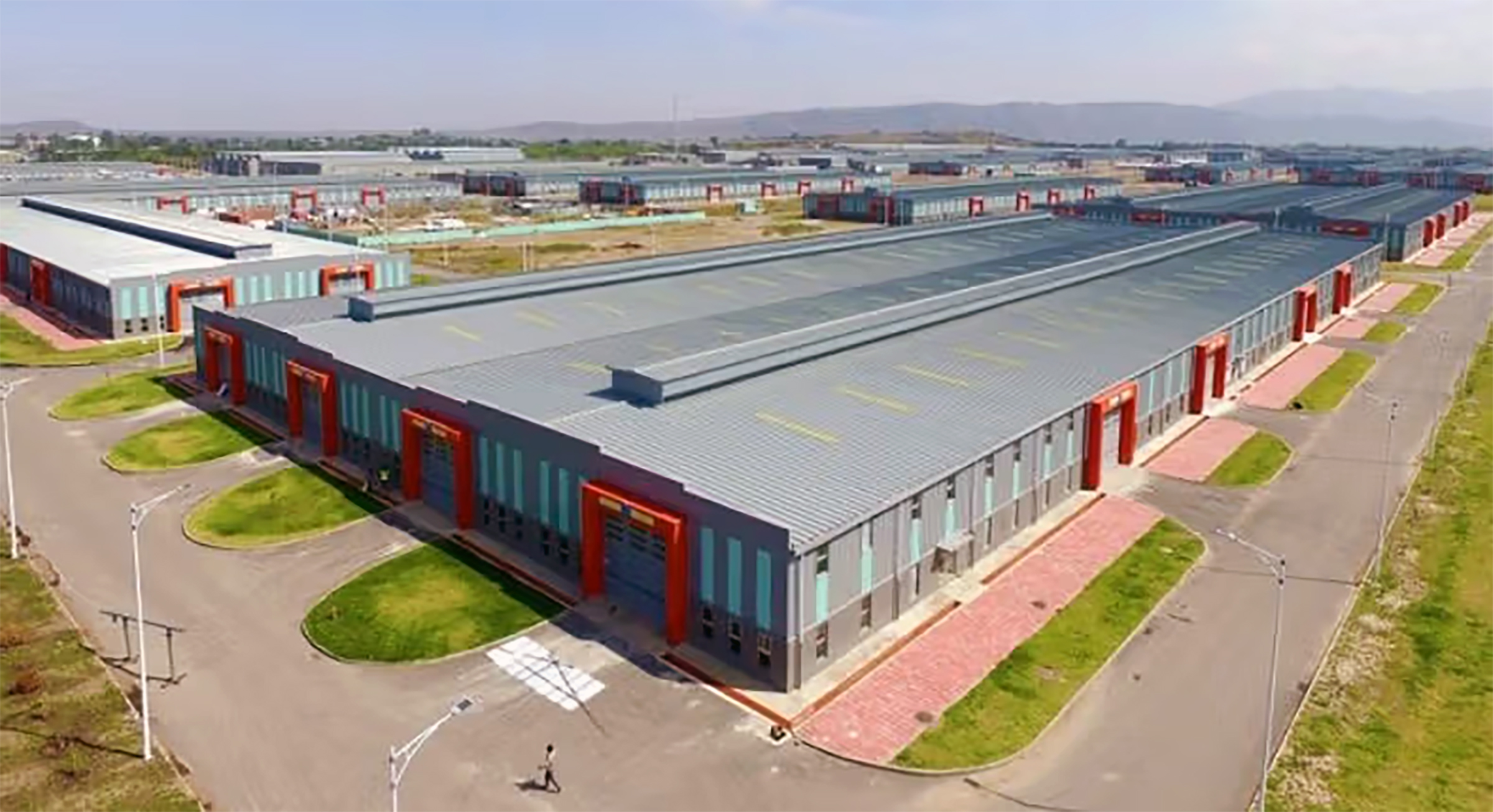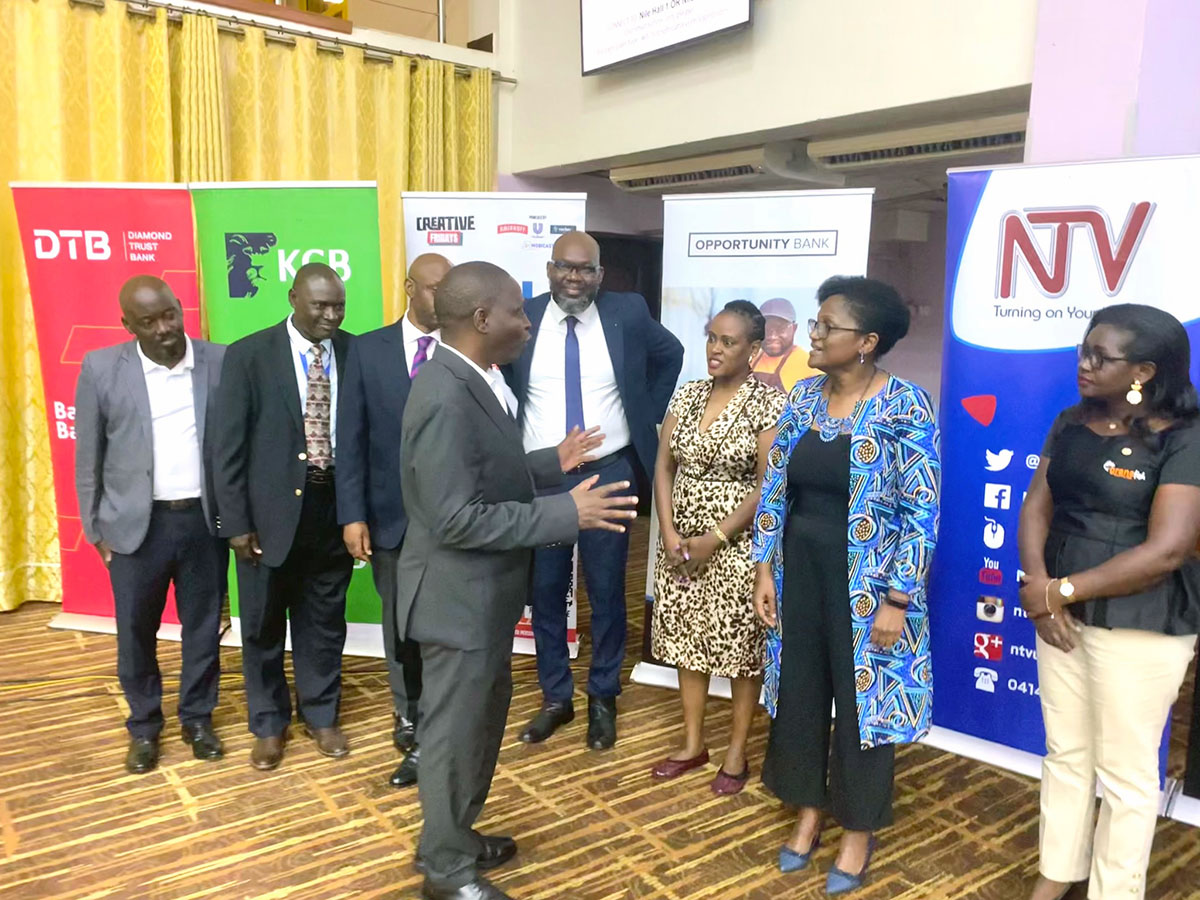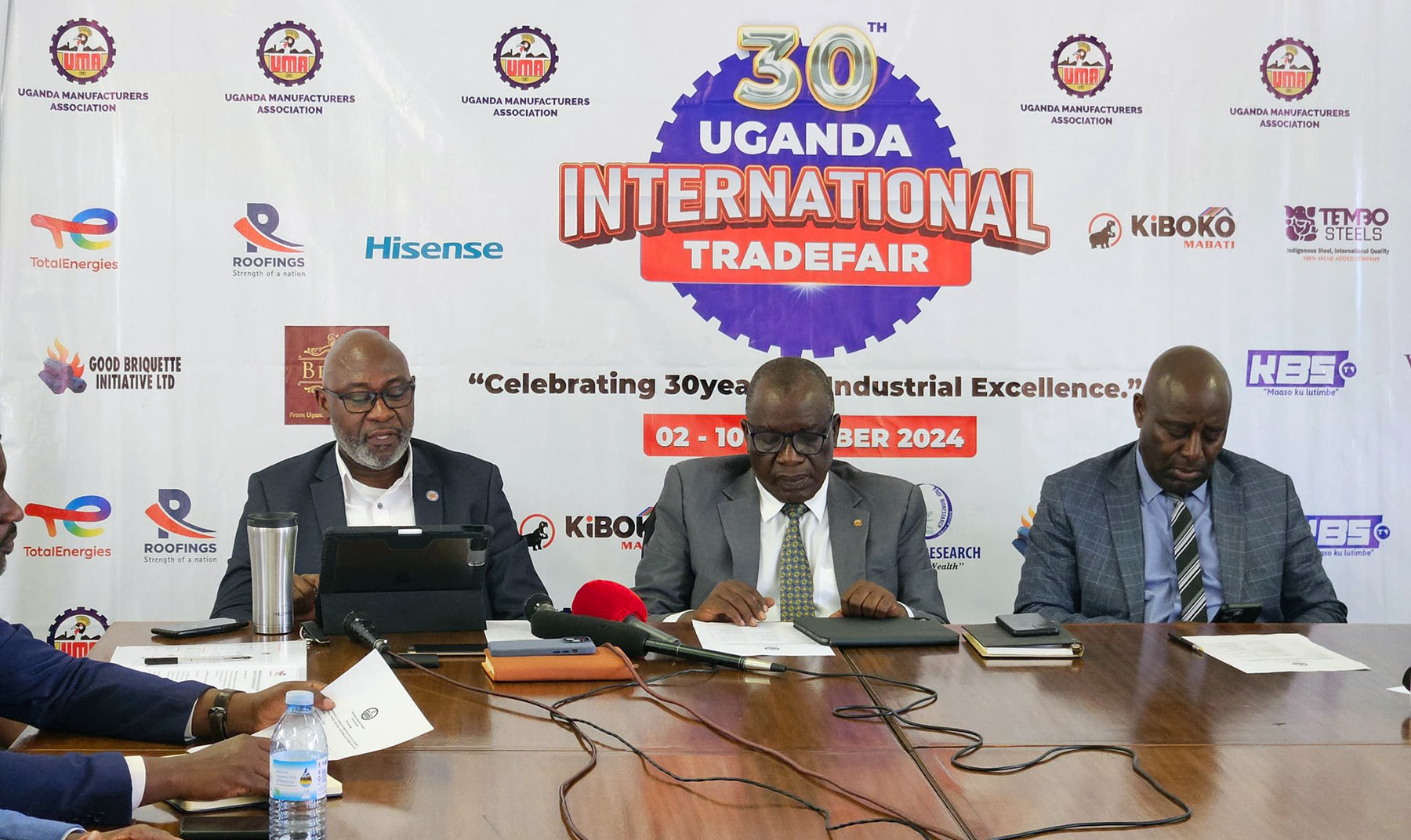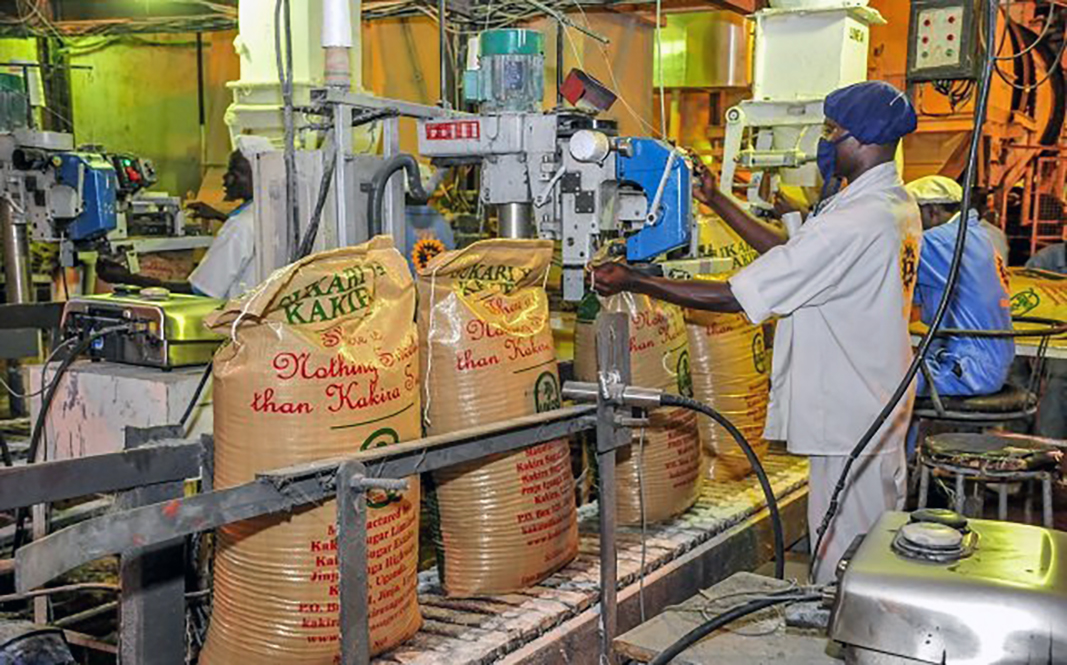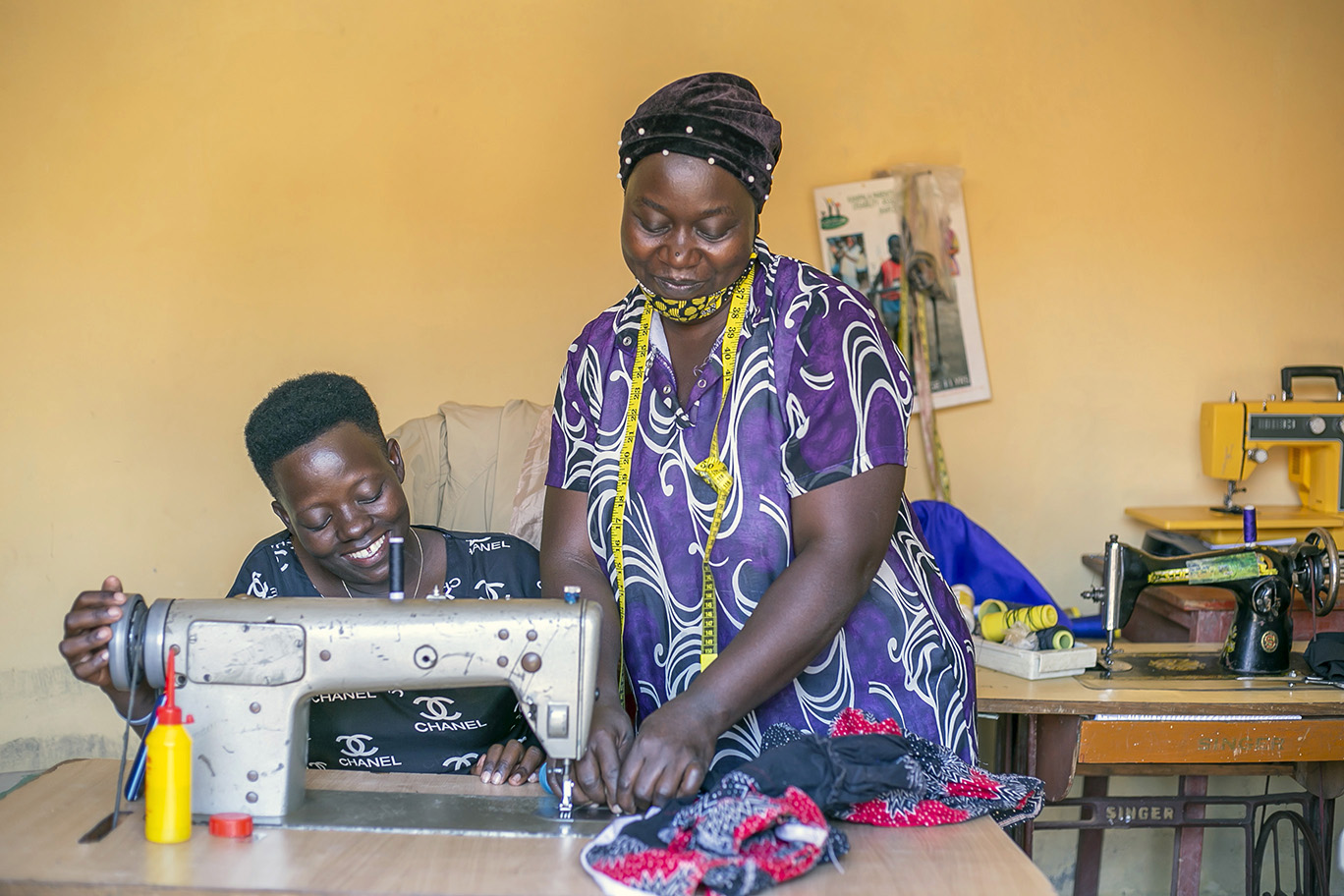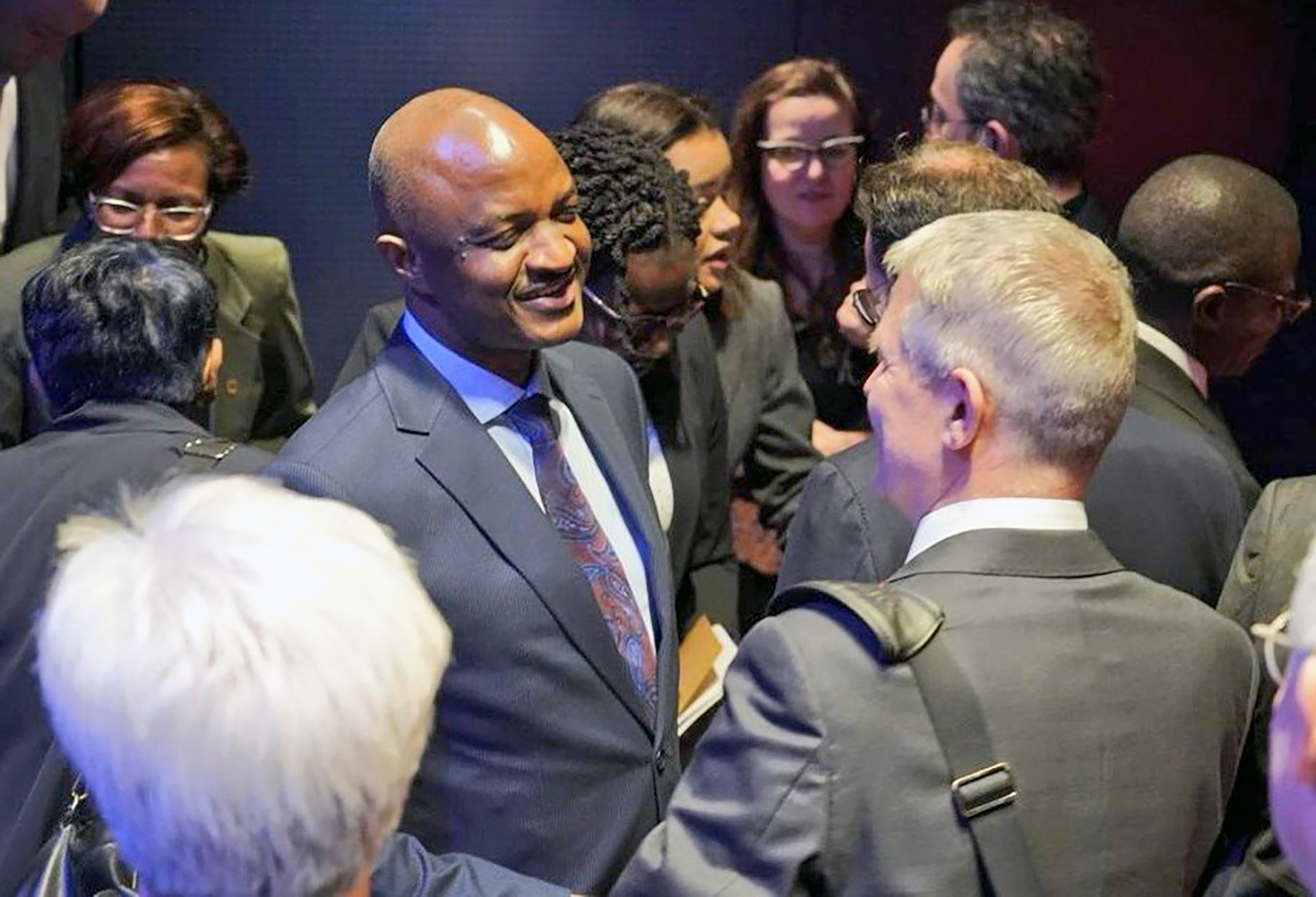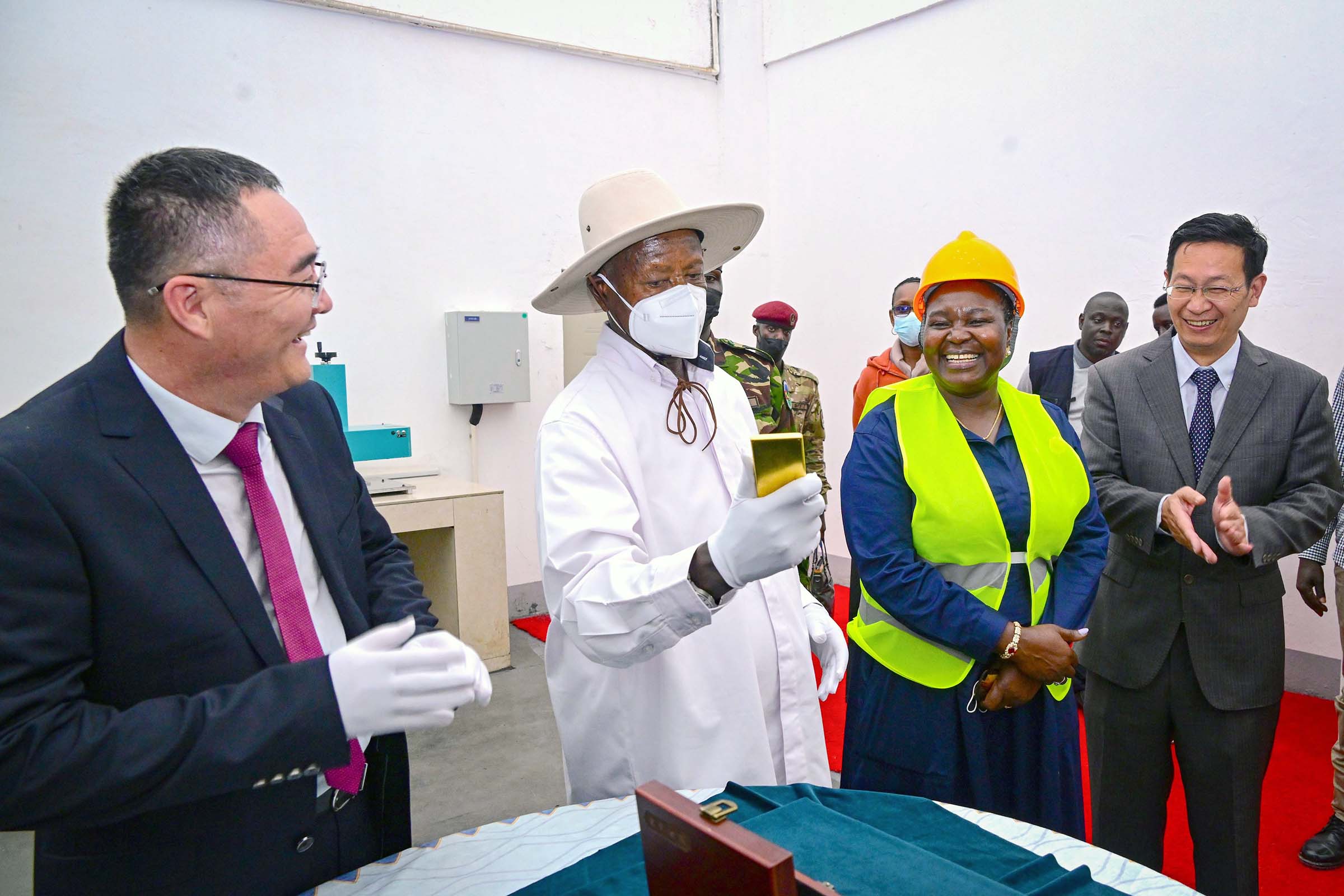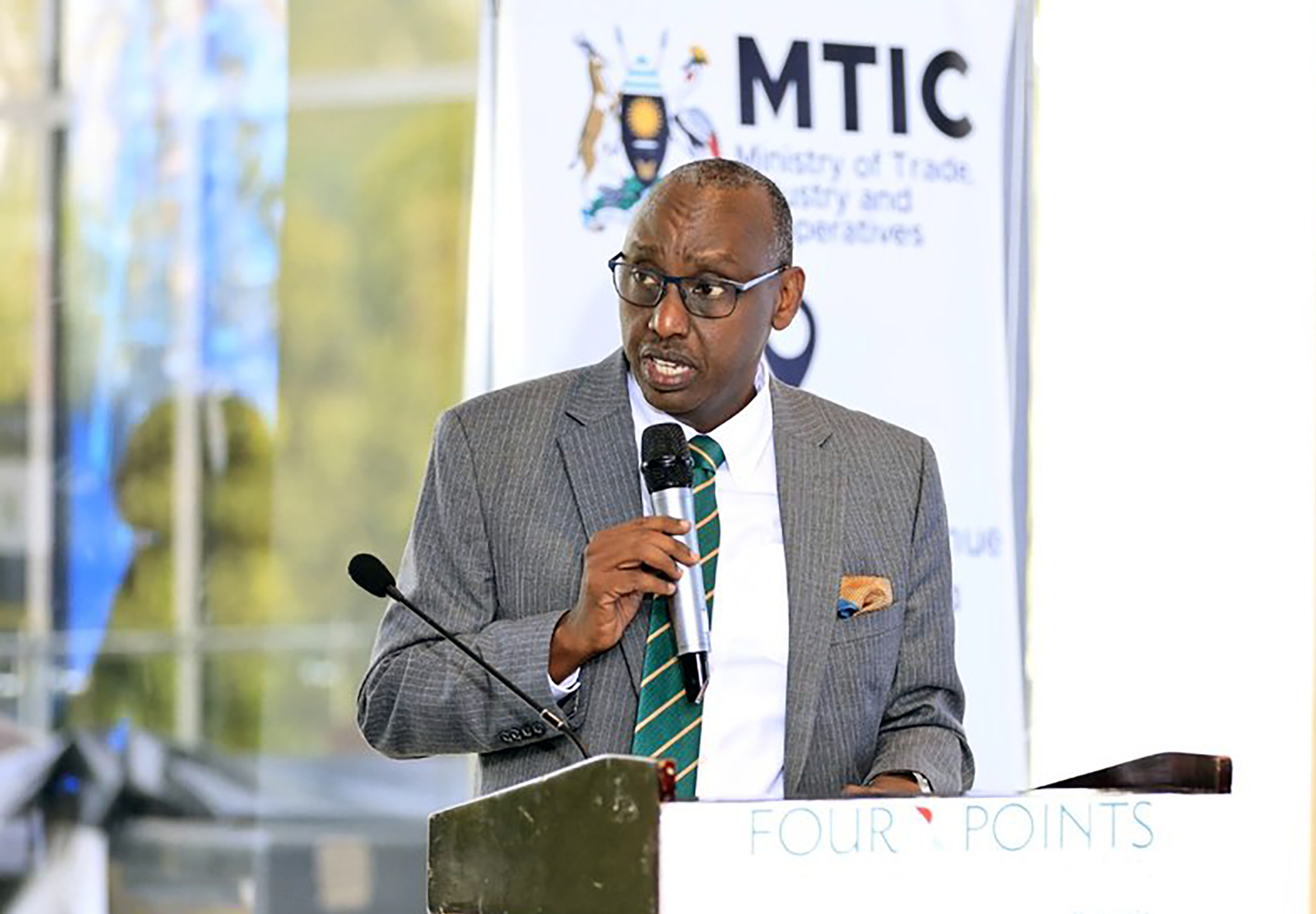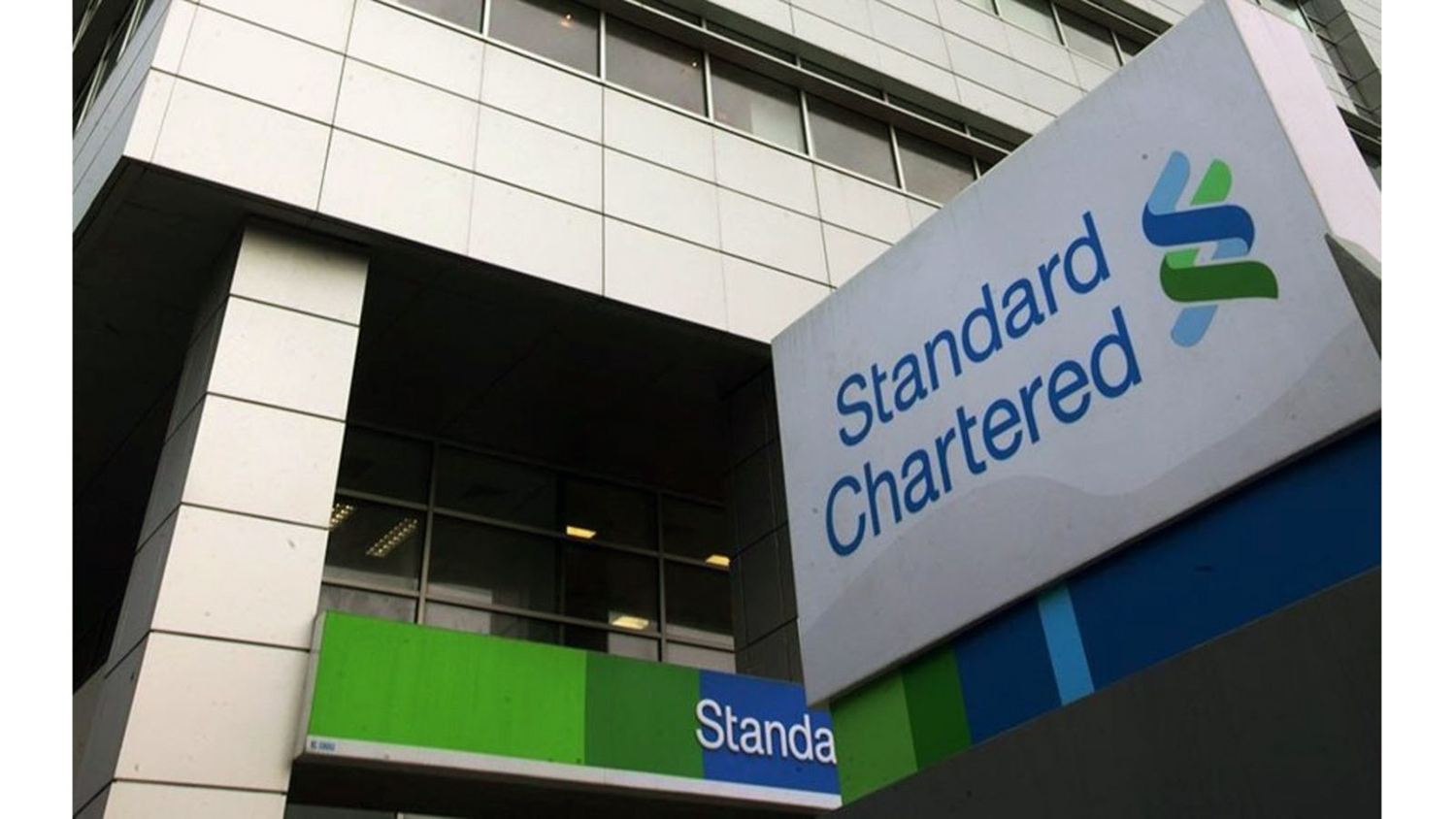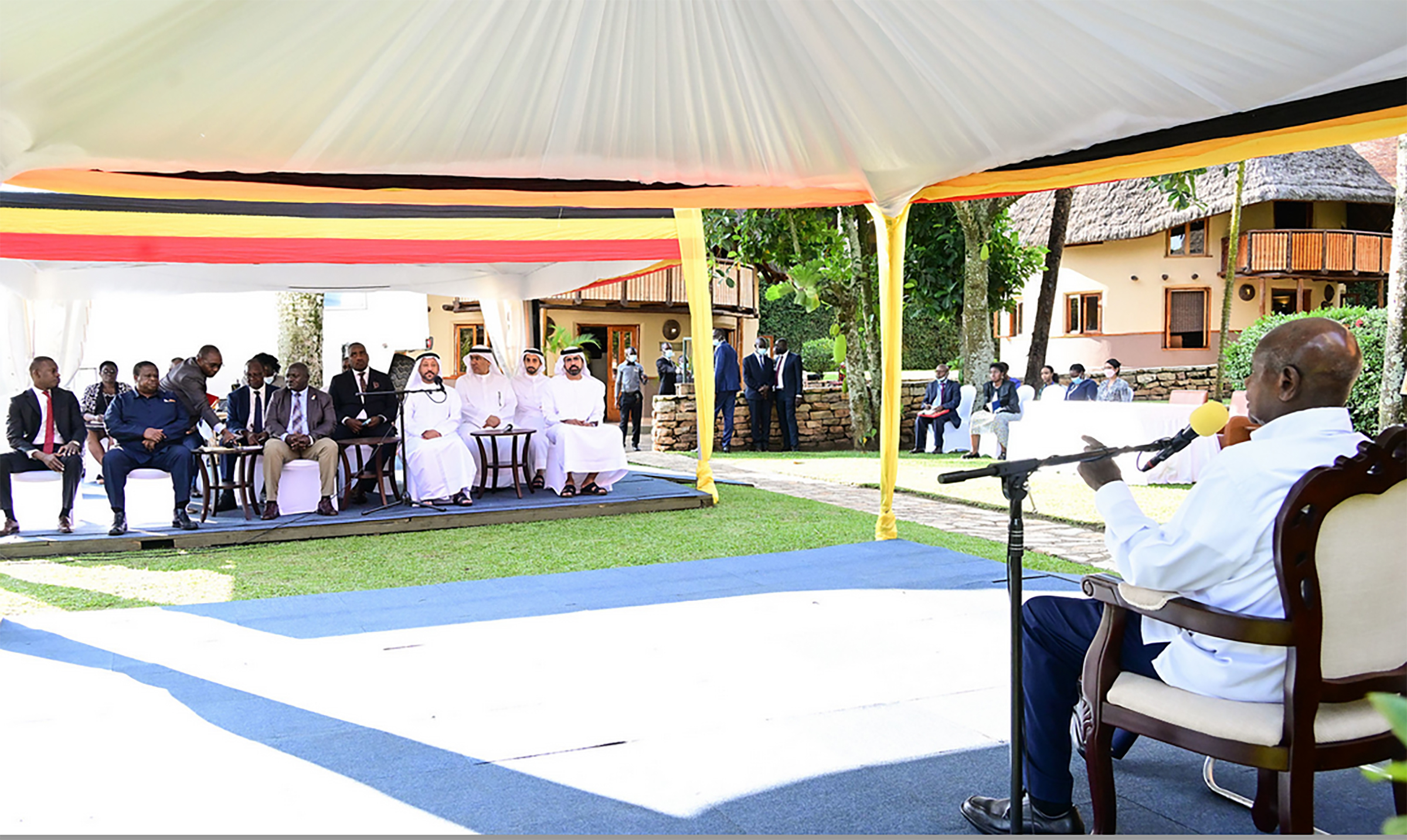Manufacturers task Gov't, banks on high interest rates

Representatives from various organisations participate in a panel discussion under the theme; 'Financing Solutions for the Manufacturing Sector' at the event held at Lugogo in Kampala.
The Government wants commercial banks to lower the interest rates they charge manufacturers so as to stimulate growth in the sector, but banks also insist that the Government has an important role to play.
Speaking at the Financial Symposium organized by the Uganda Manufactures’ Association (UMA), David Bahati, the State Minister of Finance, said manufacturers deserve support because of the significant contribution they make to the country's economy.
The sector contributed approximately UGX5.5 trillion to the national Treasury in the 2021/22 financial year, out of the UGX21 trillion collected for the entire year. Currently, according to Bahati, manufacturing accounts for 16.5% of the GDP, with the industries alone contributing 27.4% to this figure.
- He therefore called on the manufacturers to unite and advocate collectively for their interests, stating, that this would give them a stronger voice to articulate issues during negotiations with the government and other stakeholders. Bahati added that although domestic credit stood at Shs42.3 billion as of March 2024, with 55.9% allocated to the private sector and 40.8% to the government, the high cost of capital remains a significant challenge facing the manufacturing sector.
“Despite being the largest consumer of available credit, manufacturers are burdened with an average interest rate of 17.4%, which is higher than the country's average rate of return of 18%. The cost of money is therefore still high, yet with the current technology and the history of the clients, we thought the banks would lower their rates because the risk to exposure is also lower,” he said.
He nevertheless highlighted government efforts to reduce barriers to business, such as streamlining investment licensing processes and improving transport infrastructure to enhance market access for manufacturers. The call by Minister came as a concerted effort to support the manufacturing industry and drive economic growth through improved access to affordable credit.
- In response, Godfrey Sebaana, CEO of the Diamond Trust Bank Uganda(DTB), shed some light on the complexities and potential solutions regarding the issue of the bank high interest rates. Though he acknowledged that the interest rate of 18% is indeed high for sectors like manufacturing, Sebaana highlighted the need for a balance between monetary and fiscal policies to determine the underlying cost of capital in the country.


For instance, he noted that while the Uganda development Bank may offer credit at 12% interest, this too may be high for the manufacturers, who at the moment, are seeking for single-digit interest rates. He pointed out the discrepancy between government borrowing rates, which currently stand at 17%, and the rates offered to manufacturers, emphasizing the need for alignment.
"At DTB, we recognize that typical manufacturing setups require patient capital with longer repayment periods. High rates of 18% are therefore unsustainable for such ventures," Sebaana stated.
As a solution, Sebaana advised manufacturers to consider equity financing, especially during the initial capital expenditure phase. He highlighted the role of commercial banks in providing working capital through trade finance, leveraging contingent facilities to reduce borrowing costs.
"We have introduced various programs in partnership with Development Finance Institutions (DFIs), UDB, and the Bank of Uganda to assist manufacturers at different stages of their development," he added.
- However, Sebaana acknowledged the limitations of UDB's funding capacity, suggesting that disruption of commercial bank interest rates would require a substantial increase in UDB's capital, an endeavor that is very challenging within the current fiscal framework.
- Despite these challenges, Sebaana encouraged manufacturers to engage with banks, leveraging their expertise to navigate through high-interest rates. He also pointed out the growing trend of green financing as an alternative funding source, offering potentially lower costs compared to conventional credit.
Deo Kayemba, the UMA chairman, said the financial symposium was organized to allow the manufacturers meet with bankers to explore solutions to some of the challenges they are facing, adding that the symposium also aimed at highlighting ways the manufacturers can reduce their costs, increase production and competitiveness of their products within the regional and continental markets.


.jpg)

